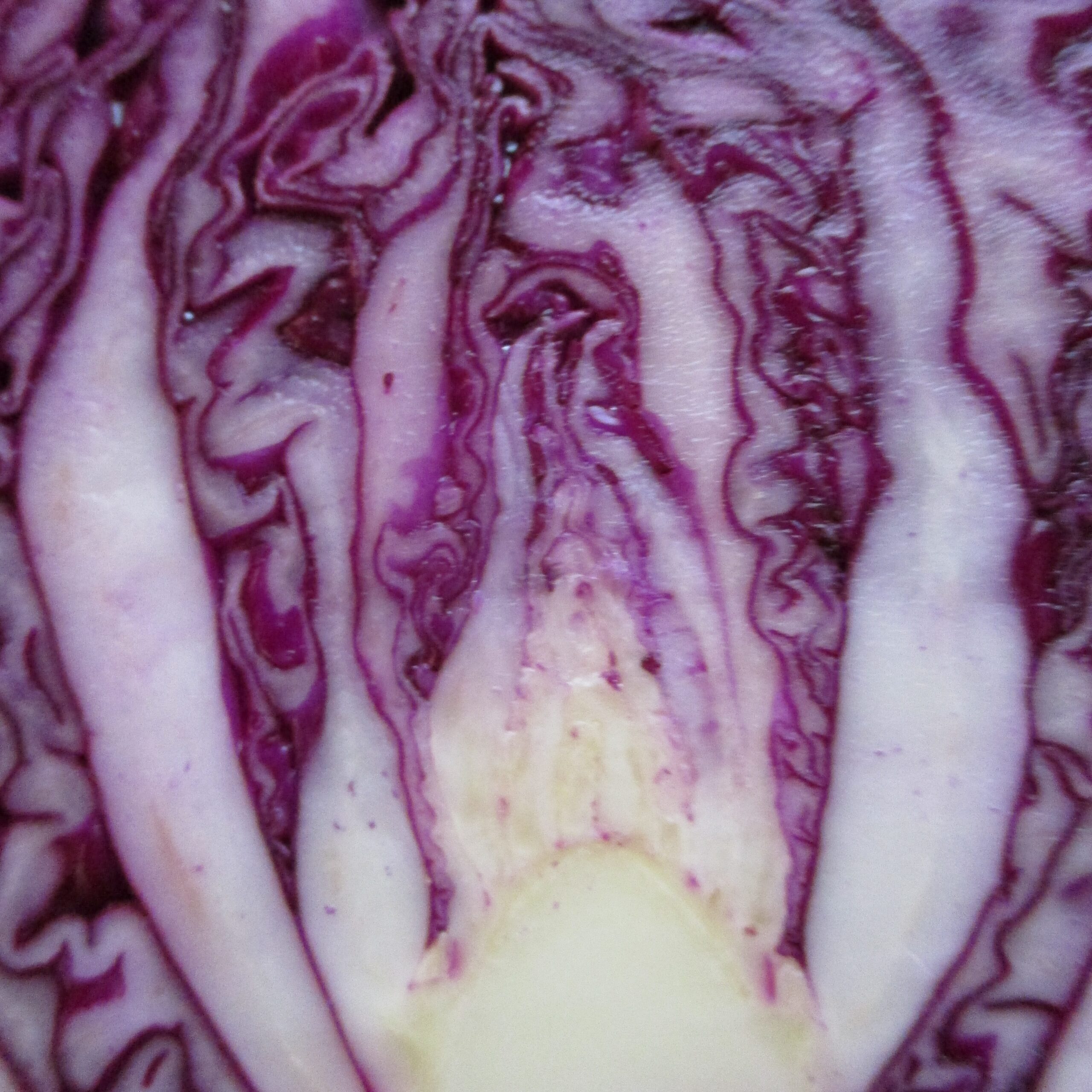UNITED STATES—Vegetables are annuals too, just like the flowering bedding plants that get replaced seasonally. Some are technically biennials, and a few might even have the potential to be short term perennials if they ever got the chance. Yet, for the purposes of home vegetable gardens, the warm season vegetables that produced through summer should now get replaced with cool season vegetables.
Yes, pulling up tomato plants to make room for cabbage is the same dilemma as pulling up petunias to make room for pansies. No one wants to do it while the plants are still productive. Tomato plants might continue to make a few more tomatoes until frost. Yet, planting cool season vegetables should not be delayed for too long. They want to disperse their roots while the soil is still warm.
Just like warm season vegetables, many of the cool season vegetables are more efficiently grown from seed sown directly into the garden. Root vegetables like beet, carrot, radish and turnip do not recover well from transplanting. Besides, cell packs do not contain many seedlings, even if multiple seedlings within individual cells are divided. It is more practical to sow seed evenly in rows.
Baby greens can also be grown from seed because so many small plants are wanted. Unlike heading lettuce that get harvested as individual mature plants, baby greens get plucked as they develop, from plants that may never reach maturity. Chard, kale and collard greens grow well from seed, or can optionally be grown from cell pack seedlings if fewer larger leaves are preferred.
Broccoli, cauliflower, cabbage and Brussels sprout are more typically grown from cell pack seedlings because only a few individual plants are desired. One or two six packs of cabbage might be more than one garden needs, and do not cost much more than a packet of seed. They mature at different rates, so larger ones can be harvested first, while smaller ones get more time to mature.
The root vegetables work the same way, maturing somewhat variably through a few weeks. However, secondary phases planted a few weeks after primary phases can start to mature as the primary phases get depleted. ‘Cole’ crops such as broccoli, cauliflower, cabbage and Brussels sprouts, consume the same resources, so perform best in small groups with a bit of separation.
Highlight: cabbage
There are those of us who can grow cabbage well, and there are the majority of us who wish we could. Mild winters allow cabbage to be grown in autumn as well as in spring; but warm weather can also compromise flavor and promote premature bolting (blooming), which ruins the heads. Cabbage demands rich soil and regular watering. If the weather is evenly mild, they dig that too.
Spring grown cabbage was planted last winter, about a month prior to the last frost. Now it is time for autumn cabbage, about a month or two before frost. New plants can be planted a bit deeper than they were originally grown, so that the wiry and fragile sections of stem below the lowest leaves can be buried. Plants should be at least a foot apart and might get larger with more space. It takes at least two months for dense round heads of common green or red cabbage to mature. Slower varieties are worth growing for their unique flavors.






